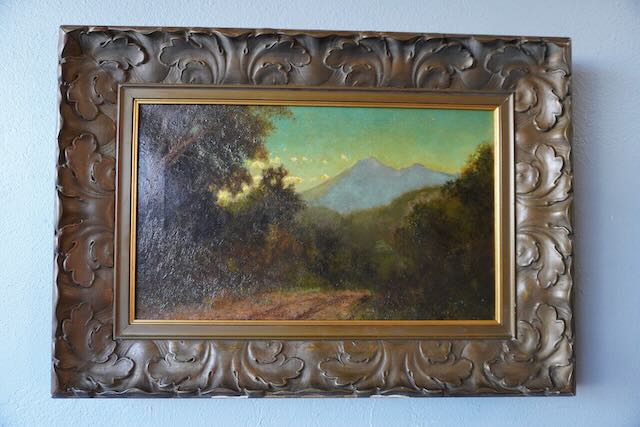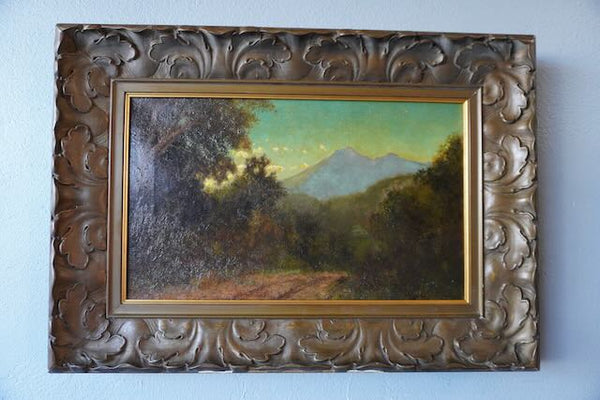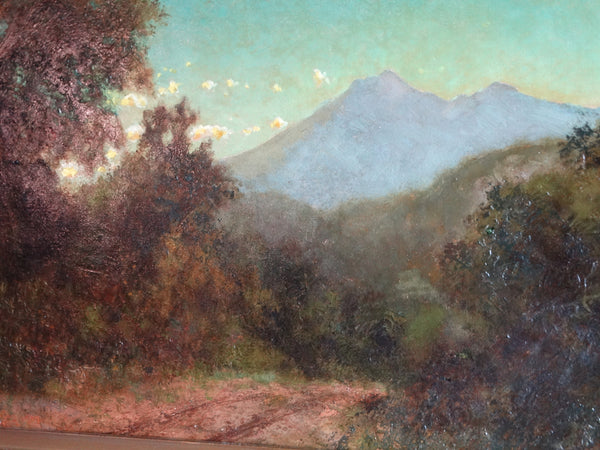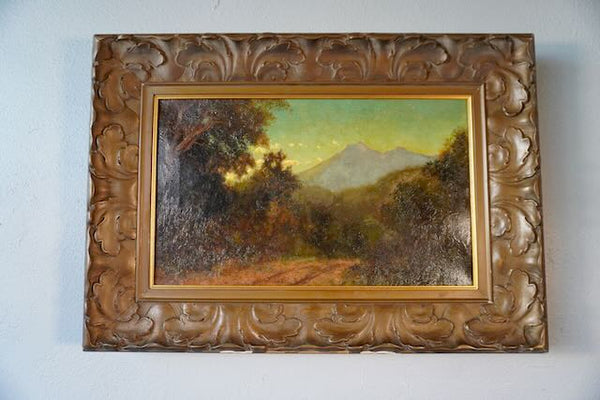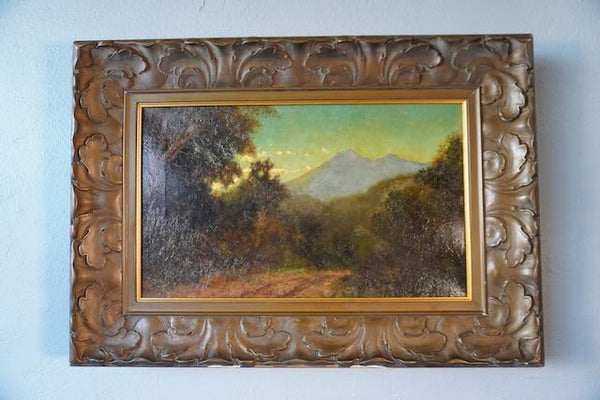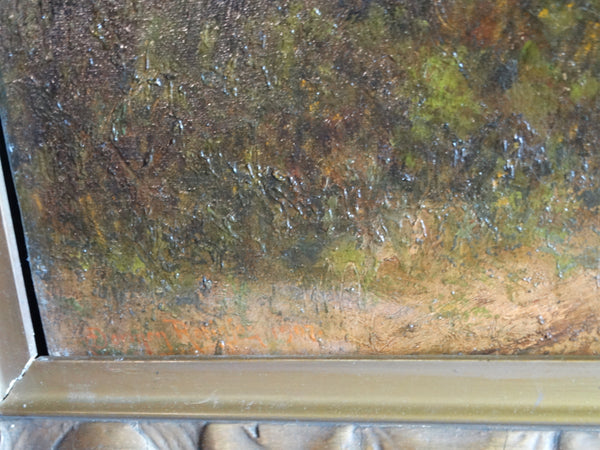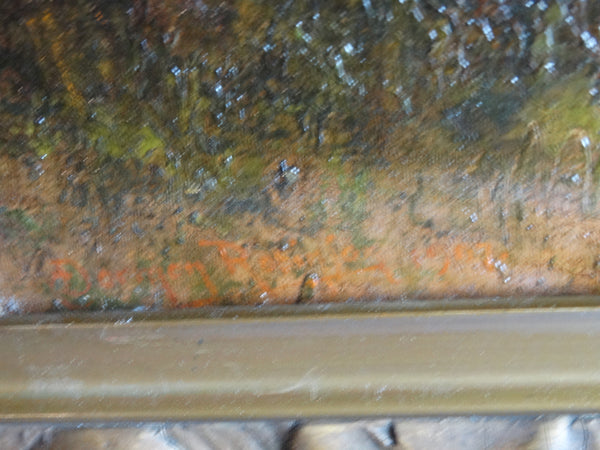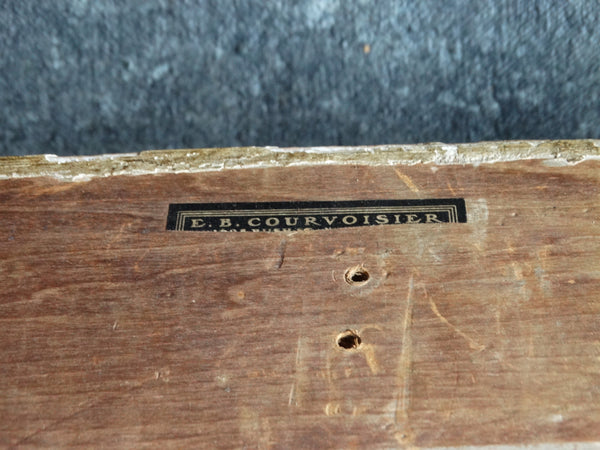Charles Dormon Robinson (1847-1933) Landscape Oil on Canvas 1907 P3099
Painting measures 12" x 20" and the frame is 19" x 27". Masterful.
Though born in East Monmouth, Maine, Charles Dorman Robinson earned the title of "dean of Pacific Coast artists." He is principally known as a California artist, spending much of his life in the San Francisco area. He grew up in Vermont and moved to California with his family in 1850, where he showed interest in art at a young age and studied with Charles Nahl in 1858. From 1861 to 1873, the family relocated to Vermont. While on the East coast, he received brief instruction from William Bradford, Maurits Frederick Hendrik De Haas, both noted marine painters, as well as F. Regis Gignoux, Albert Bierstadt, Jasper Francis Cropsey, and George Inness, who all informed his own artistic approach.
Robinson lived in Clinton, Iowa, from 1861 to 1873, where he married. He then returned to San Francisco where he eventually established himself as a painter, principally of landscapes and marine scenes. He also greatly admired the work of Philadelphia marine painter, James Hamilton, with whom he became acquainted when both were residents of San Francisco between 1874 and 1878; both Hamilton and De Haas influenced his concentration on marine subjects. Robinson was interested in exotic locales and made trips through Mexico and Central America in the 1860s and 1870s where he painted the pre-Hispanic ruins.
In 1880 Robinson began regularly visiting Yosemite, and produced a considerable body of work devoted to this theme. He traveled to Paris in 1900 where he briefly worked under Eugene Boudin, but returned to San Francisco the following year. In the earthquake of 1906, he lost a great deal of his production, and in 1921, a fire in his San Raphael home destroyed many of his Yosemite paintings which had been executed over many decades.
Robinson, whose development was influenced by instruction from Hudson River School artists, had a pronounced interest in light and atmospheric effects, which he ably captured in many of his compositions. In this battle scene, the painter represented the climax of the battle, picturing mortar and artillery gunfire emanating from the schooner and other ships in the harbor, brilliantly lighting up the sky, and creating a dramatic and convincing recreation of this historic harbor battle. VAL
Sources
CRG Archives.
Zellman, Michael David, compiler. 300 Years of American Art. Wellfleet, Massachusetts: Wellfleet Press, 1987.

